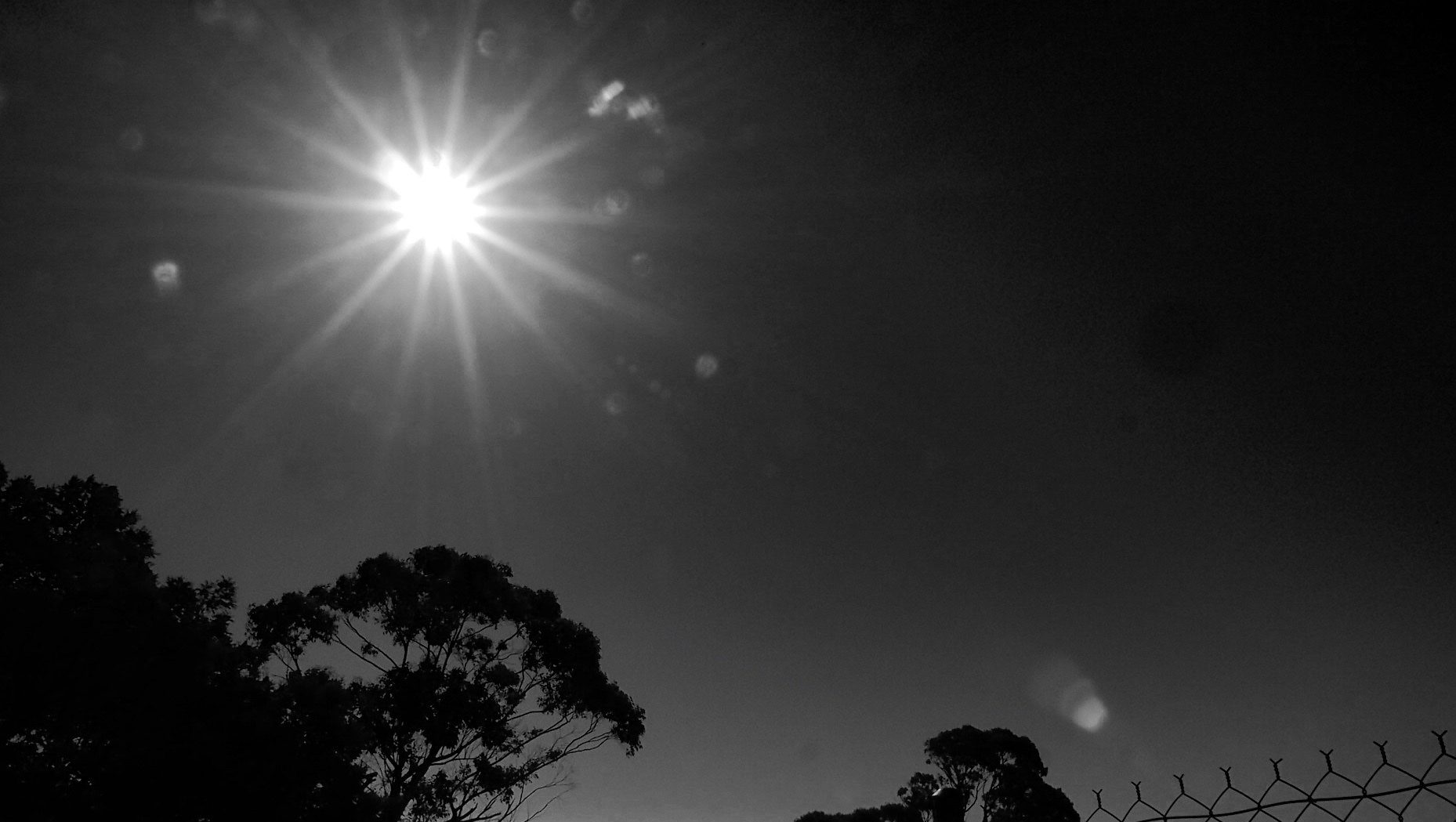
TUSCALOOSA, Ala. – Tuscaloosa is hot.
Nationally acclaimed comedian and Tuscaloosa native Steve Brown once said that the city is so hot that it feels like the sun is perched on people’s shoulders, glaring intensely at them.
But is T-Town’s high heat a trait that’s only been a part of the Tuscaloosa experience in recent memory, or has it always been this way?
Dr. David Keellings, an assistant professor of geography, said the answer is both yes and no.
As far as record highs go, Tuscaloosa’s temperatures in the early 1900s hold the championship title.
“I’ve looked at the weather station records around Tuscaloosa, and [the one at] Oliver Dam is the longest weather record we have, which goes back to Jan. 1, 1900,” Keellings said. “Much of the Southeast has seen abnormally high temperatures over the last few weeks but in Tuscaloosa these seasonally extreme temperatures have happened several times in the past.”
Tuscaloosa temperatures reached 98 degrees on May 26, which is close to the record high of 99 degrees for the month of May set on May 28, 1911, Keellings said.
That heat continued with a high of 99 degrees on June 4. However, the record high for June is 106 degrees set on June 27, 1914, which is two degrees shy of the all-time record high of 108 degrees in Tuscaloosa set on July 29, 1930.
“It’s unusual to see such high temperatures, as have been observed over the last couple of weeks, so early in the summer months as typically things don’t really heat up until later into June, July and August,” he said.
“In general, the recent high temperatures in Tuscaloosa fit with observed nationwide increasing trends in the numbers of heat waves that occur each summer and in the length of the heat wave season, i.e. the summertime period within which heat waves might be expected is getting longer as heat waves now occur earlier and later in the season than ever before.”
But a city’s heat level isn’t determined only by its record-breaking temperatures. It’s also determined by how persistently hot it is in terms of how many days people are subjected to really high temperatures.
And by that determination, Tuscaloosa is increasingly getting consistently hotter.
“It is increased exposure that really threatens health,” Keellings said. “In Tuscaloosa we have historically seen five or fewer days per year with temperatures reaching 100 degrees or higher.
“But in the last few decades, the number of days per year with temperatures at or above 100 degrees has more than doubled. Over the next few decades, as the climate continues to change, we can expect that number to more than double again to at least 30 or more days per year with temperatures in excess of 100 degrees.”
Contact
Jamon Smith, media relations, jamon.smith@ua.edu, 205/348-4956
Source
David Keellings, djkeellings@ua.edu, 205/348-4910
